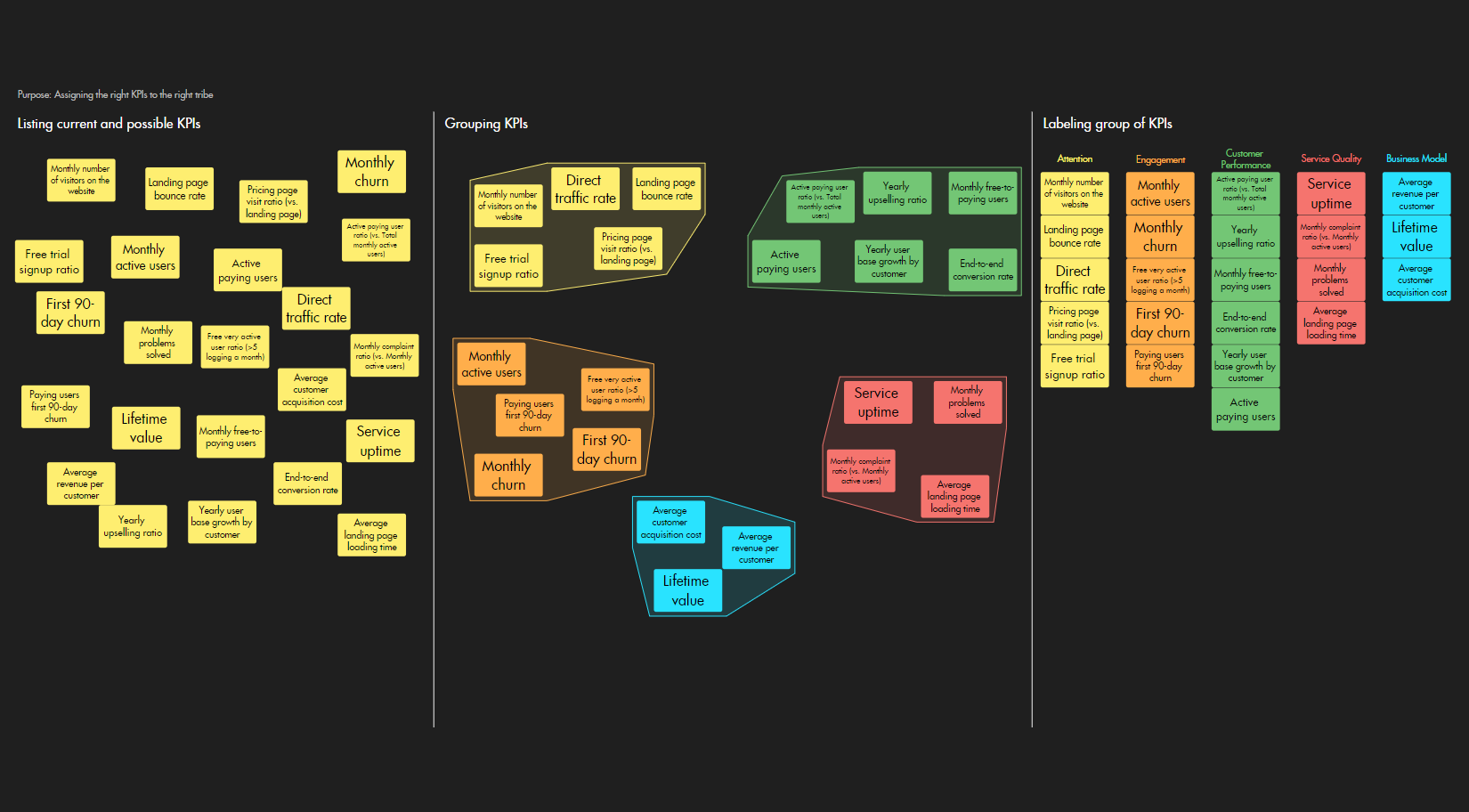
While assessing the voice of the customer, it’s not only the patients or users of a service who should be considered. Again, this data is at the very heart of creating new procedures and services, and improving established ones. Seeing both the problems and successes of currently implemented procedures, those who generally work in more isolated management roles can get a better understanding of what works well and be made aware of previously unthought-of challenges. As well as recognising the voiced opinions of a service user, the idea of care managers going for a Gemba walk, spending time in the workplace and interacting with them, has started to be explored in recent years. Quality improvement processes will allow both health and social care patients the opportunity to take an active role in improving the care they, and others, receive. Voice of the customer is an effective method of gathering insight into a patient’s needs, both expected and unexpected, combining them with any original assumptions, and compiling the data into an evidence-led argument that has the power to be very convincing when presented to clinicians.
#Affinity diagram example how to#
How to apply the voice of the customer to improve the quality of care We are blinkered to the most obvious areas for improvement.

Feedback from patient groups has mostly been used to manage the risk of negative exposure rather than to improve future services.īy failing to recognise patients as customers and not managing their expectations and results of their experience, we create a one-size-fits-all’ service. This is perhaps, in part, due to its status as an essential product that we accept gratefully, and the VOC process has been widely overlooked. However, for many, it is considered to fall slightly outside the realms of a ‘traditional’ business model. Health and social care, as with any other industry, is governed by some basic business principles. It’s a key way to understand how expectations of a product or service stack up against the results. Whether through focus groups, ethnographic research, or surveys, this process connects you with your customers to obtain feedback that converts into valuable data. In its simplest sense, the voice of the customer is about listening to your customers. Voice of the customer – An essential QI tool Thus, VOC is very relevant when assessing the quality of care and an essential part of quality improvement tools. In health and social care, a “customer” is typically a patient, a resident or their relatives. Voice of the customer is the process of collecting relevant views of your “customer” on your product or service to inform critical business decisions. Now, let’s dive in and have a comprehensive look at the different quality improvement tools. 5-S principles, processes and tools for quality improvement.

#Affinity diagram example update#
We will continue to update this article with more QI tools as we write about them. Failure mode and effect analysis (FMEA).Suppliers, Inputs, Process, Outputs, and Customers (SIPOC).


 0 kommentar(er)
0 kommentar(er)
